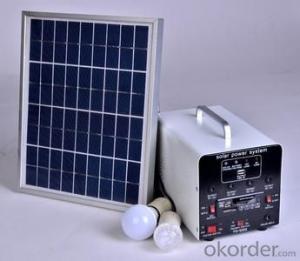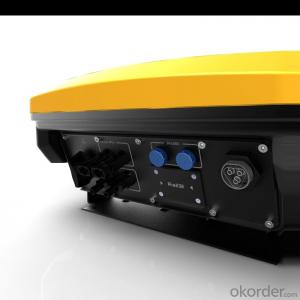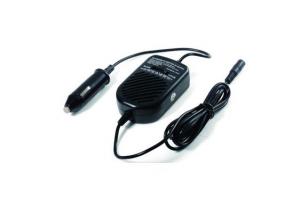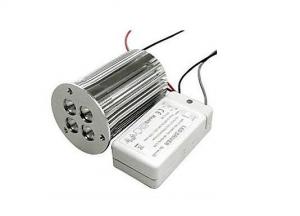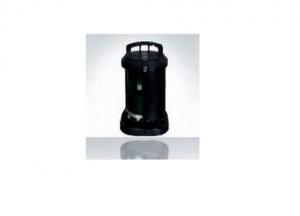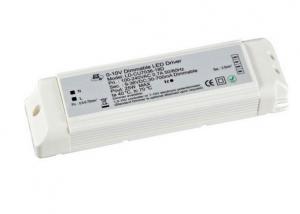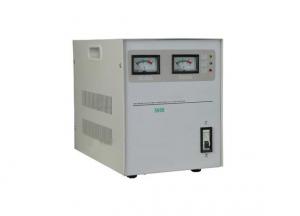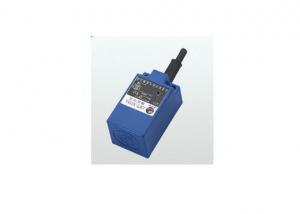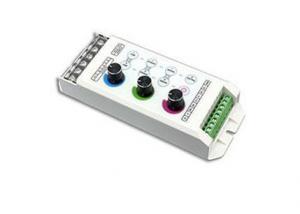Solar Power Plant Inverter
Solar Power Plant Inverter Related Searches
Solar Plant Inverter Power Solar Inverter Solar Power Bank Inverter Solar Power Battery Inverter Solar Energy Power Inverter Solar Panel Inverter Solar Converter Inverter Solar Photovoltaic Inverter Solar Pump Inverter Solar Powered Power Inverter Solar Solar Inverter Solar Power Grid Inverter Power Inverter Solar Inverter In Solar Power Plant Inverter For Solar Power Plant Solar Battery Inverter Solar Powered Inverter Solar Energy Inverter Solar System Inverter Solar Power Inverter System Solar Panel Solar Inverter Solar Power Inverter Generator Solar Farm Inverter Solar Inverter Inverter Solar Electric Inverter Home Solar Power Inverter Solar Panels Inverter Power Inverter Solar Power Inverter Power Solar Solar Charger InverterSolar Power Plant Inverter Supplier & Manufacturer from China
Solar Power Plant Inverter is a crucial component in the solar energy conversion process, responsible for converting the direct current (DC) generated by solar panels into alternating current (AC) that can be fed into the power grid or used by electrical appliances. This product plays a vital role in ensuring the efficient operation of solar power plants, as it helps maximize energy output and maintain grid stability.The application and usage scenarios of Solar Power Plant Inverter are diverse, ranging from residential rooftop installations to large-scale commercial and utility-scale solar farms. These inverters are essential in various settings, from powering homes and businesses to contributing to the overall energy mix of a region. They ensure that the electricity generated by solar panels is compatible with the existing power infrastructure, making solar energy a reliable and practical option for a wide range of users.
Okorder.com is a leading wholesale supplier of Solar Power Plant Inverter, boasting a large inventory that caters to the needs of various customers. With a commitment to quality and customer satisfaction, Okorder.com offers a wide range of inverters from reputable brands, ensuring that buyers have access to reliable and efficient products for their solar power projects.
Hot Products





















